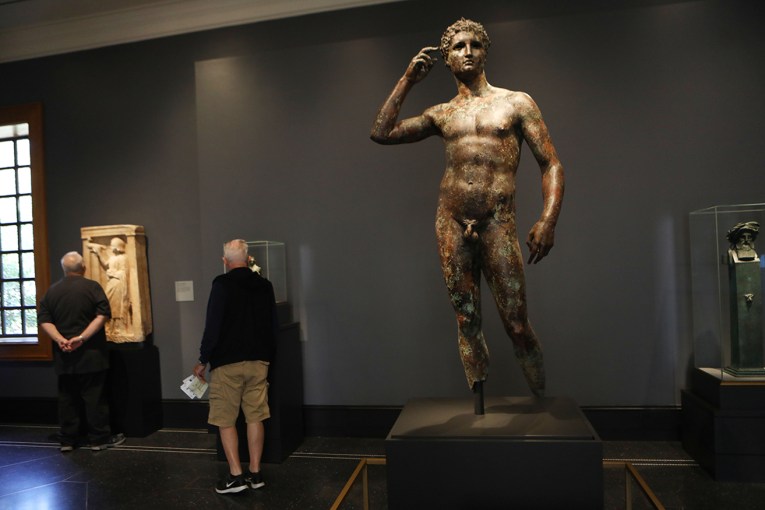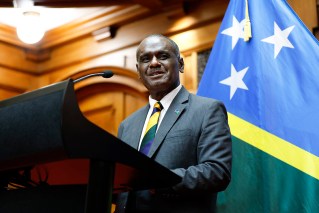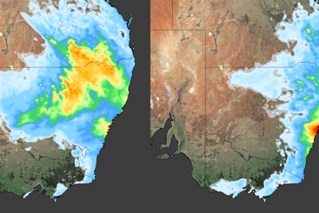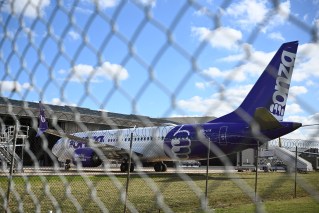Mapping the Digital Gap reveals dilemma for remote Indigenous communities
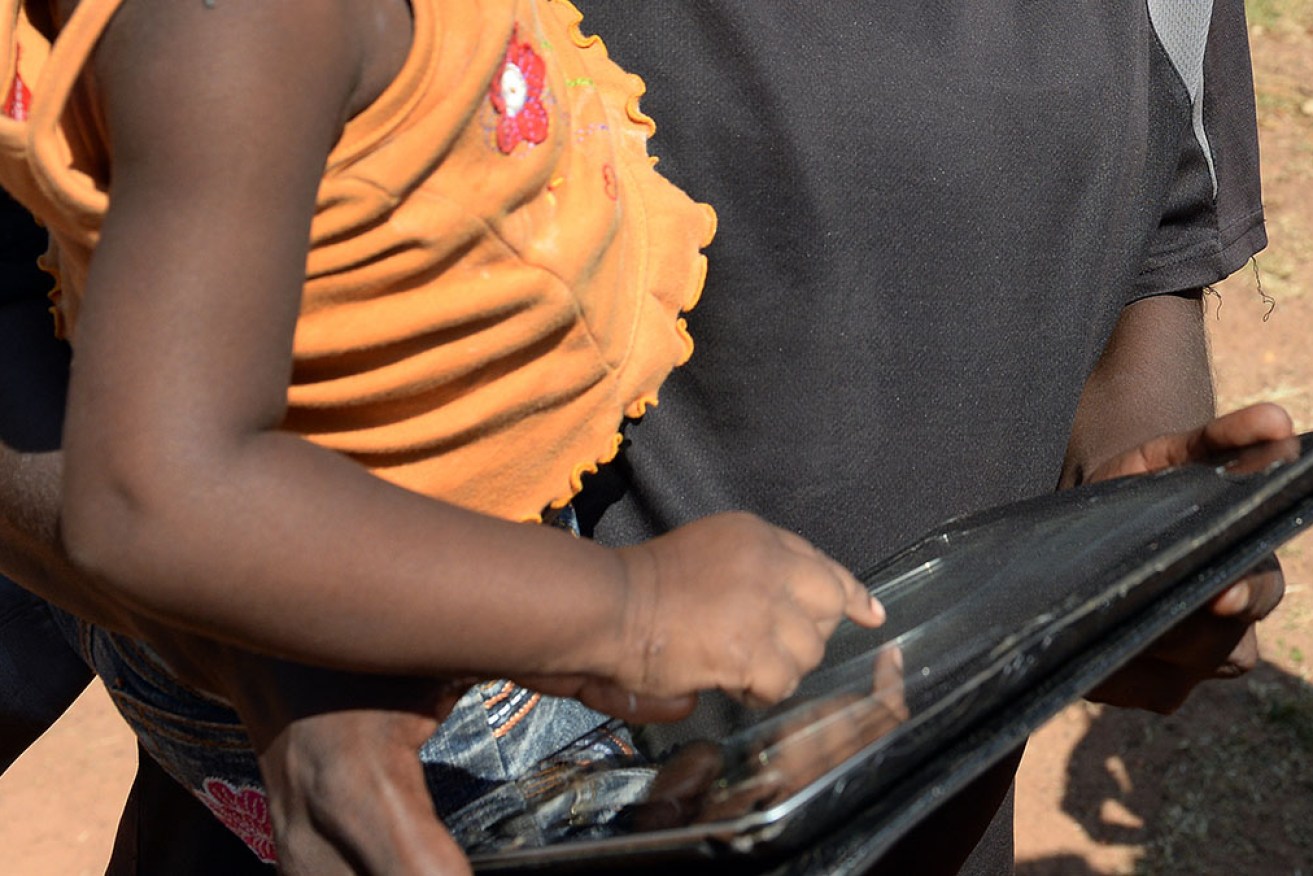
Research shows 43 per cent of Australia's 1545 First Nations communities have no mobile service. Photo: AAP
Remote Indigenous communities are among the most digitally excluded people in Australia, according to a report whose authors are calling for more action to close the online gap.
RMIT University-led research shows 43 per cent of Australia’s 1545 First Nations communities have no mobile service and some have only a share public phone or not telecommunications at all.
Researchers for the Mapping the Digital Gap project said with government and other services moving online, it was crucial all Australians could access digital technology.
The project is working across 12 remote First Nations communities over four years and aims to address a lack of data about the digital gap between the communities and the rest of the country.
Researchers said results of project would help track progress towards the Closing the Gap goal of Aboriginal and Torres Strait Islander people having equal levels of digital inclusion by 2026.
The project’s 2023 report found accessing digital technologies was most challenging in remote communities because of limited communications infrastructure, low household access and patchy mobile services.
Low incomes coupled with the high cost of pre-paid data and a low uptake of fixed broadband make it difficult to afford digital access, researchers found.
With residents in remote communities typically on low incomes, 84 per cent of those surveyed used or shared a mobile device and 94 per cent of those used pre-paid services.
The high cost of pre-paid data and low household uptake of fixed broadband made it difficult to afford digital access.
The Australian Digital Inclusion Index has drawn on the project’s data and indicates 45.9 per cent of the remote First Nations participants surveyed were highly excluded compared to 9.4 per cent per cent of the Australian population.
Only 4.1 per cent of remote First Nations people were considered highly included compared to 45.9 per cent of other Australians.
The national gap is digital access between Indigenous and other Australians is 7.5 points out of 100, according to the Mapping the Digital Gap report.
That gap widens considerably to 24.5 points for remote Indigenous people and 25.4 points for those in very remote communities.
RMIT senior research fellow Dr Daniel Featherstone said everyone should have the opportunity to benefit from digital technologies.
“We use these technologies to access essential services for health, welfare, finance and education, participate in social and cultural activities, follow news and media, as well as connect with family, friends, and the wider world,” Featherstone said.
“Improving digital inclusion and access to services is critically important to ensure informed decision making and agency among Aboriginal and Torres Strait Islander people.”
-AAP
